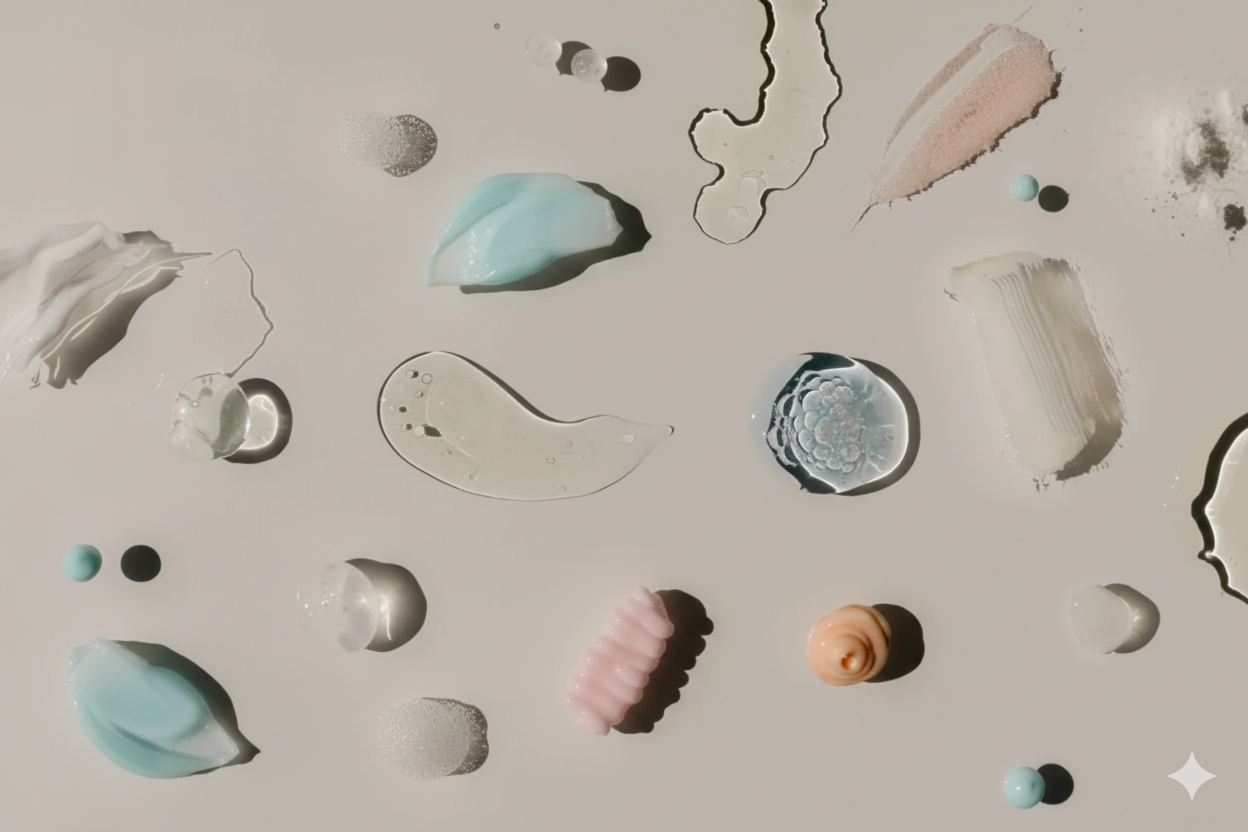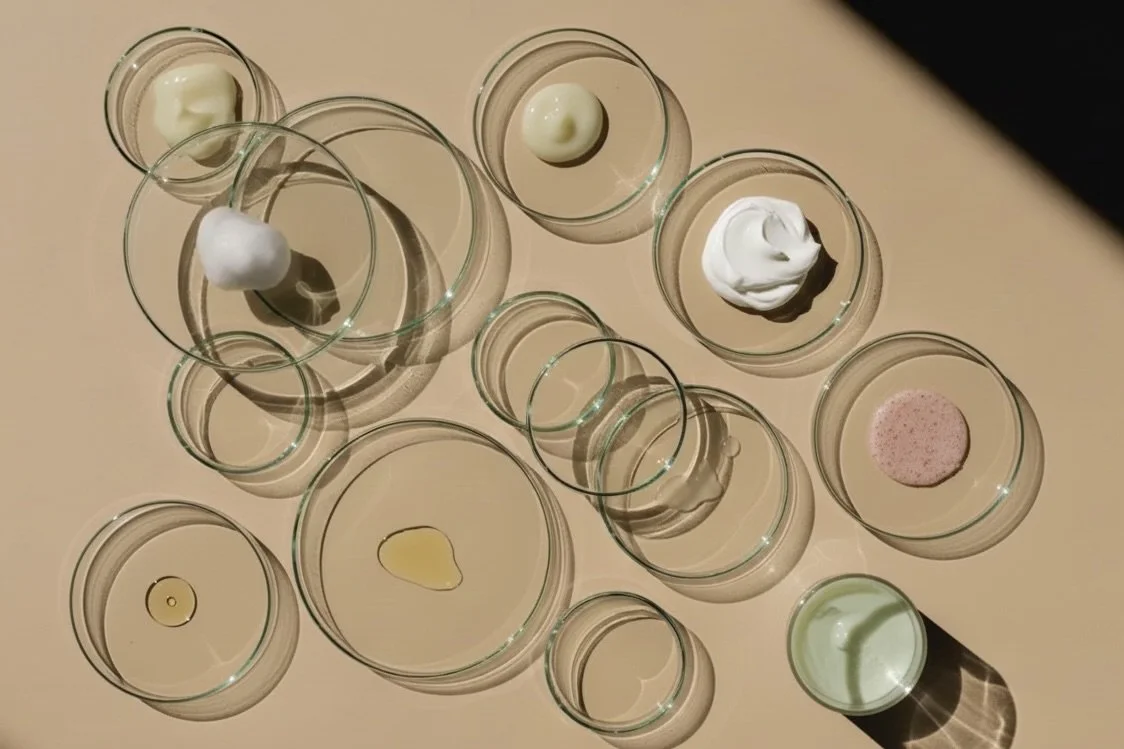This isn’t just a personal frustration—it’s a systemic failure rooted in medicine’s long-standing gender bias.
We’ve got a burning question.
How long did it take you to get the right diagnosis when you have a vaginal infection? Days? Weeks? Sometimes never?
Women worldwide struggle to access fast, reliable, and stigma-free care for intimate health issues.
Many experience misdiagnoses, ineffective treatments, or are simply dismissed.
The Gender Health (Data) Gap.
The hidden crisis.
For decades, women have been systematically underrepresented in medical research and clinical trials.
I
Until the 1990s, women were often excluded from studies due to concerns that hormonal fluctuations would “complicate” results, leading researchers to focus on the “default male body”.
I
I
I
PRE-1990
The United States passed legislation requiring the inclusion of women in federally funded research through the NIH Revitalization Act.
I
I
1993
Ongoing efforts to close the gender health data gap and improve women’s health outcomes.
PRESENT
The result?
We don’t know how many distinct microbiome types exist.
We don’t know how they interact with our immune system, hormones, or general health.
We don’t fully understand what triggers bacterial vaginosis (BV) or why it often returns.
We don’t even have a universally agreed-upon definition of what constitutes a "healthy" vaginal microbiome.
Oh yeah… also:
Women are diagnosed on average 4 (!) years later than men for the same condition.
4
No wonder women spent 25% more of their liefetime in poor health compared to men.
25%
But how could this happen?
1. Unconscious biases & outdated societal norms.
Historically, women's health issues were dismissed as "hysteria," based on the belief that their emotional symptoms were caused by a "wandering womb." This stereotype continues, fostering assumptions that women exaggerate pain or that their symptoms are psychological.
2. Stereotypes for example in pain perception.
By contrast, men’s pain is often taken more seriously and treated as a physical issue, reinforcing the stereotype that men are “stoic” and women are “emotional.” These unconscious biases influence diagnosis, treatment, and research priorities, ultimately contributing to the gender health gap.
3. Historical dismissal of women’s health.
By prioritizing male-focused studies, the medical field has left critical gaps in knowledge about conditions that primarily affect women. From heart disease to autoimmune disorders to vaginal health, these gaps have led to delayed diagnoses, inadequate treatments, and preventable suffering.
Source: World Economic Forum
Ok, cool–now what?
We set a new standard for intimate health.
At femote, we believe every woman should have fast, reliable, and evidence-based answers about her health. Our mission is to make intimate healthcare accessible, flexible, and stigma-free by combining
at-home diagnostics with
digital treatment pathways and
groundbreaking data collection.
Your Data, Your Impact.
Women shouldn’t have to rely on outdated, male-centered research. With femote, your experience contributes to a collective intelligence that helps all women.
Here’s how your data makes a difference:
Identifies patterns in recurring infections to improve future diagnostics.
Helps researchers define a healthy vaginal microbiome, improving long-term treatments.
Pushes for better clinical standards so future generations don’t face the same uncertainties.











